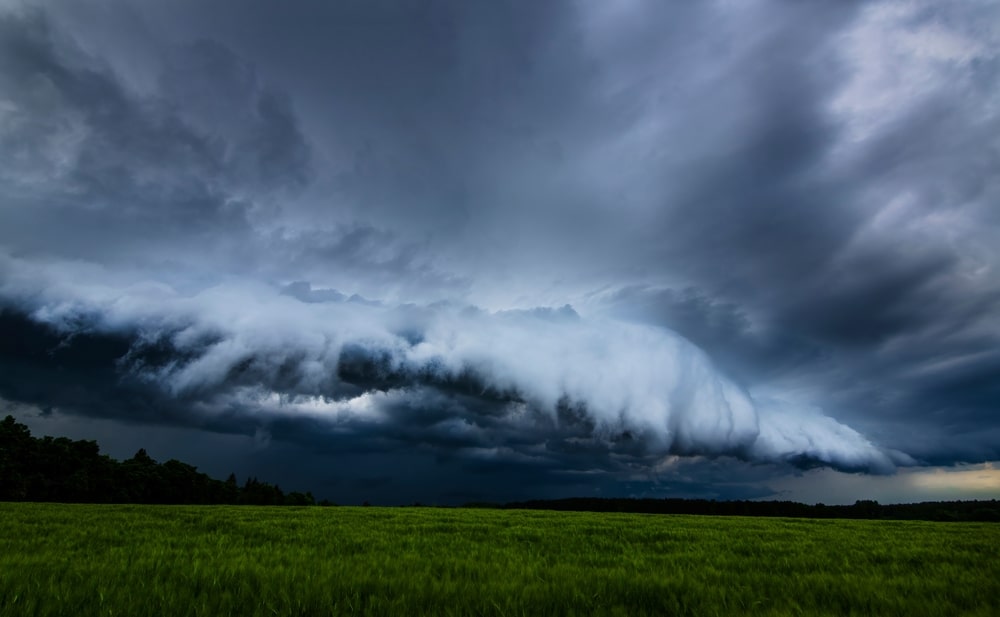Millions of Americans are preparing for a powerful storm system that will bring damaging winds, potential tornadoes, and severe thunderstorms across a broad swath of the central and eastern United States.
The New York Times reported that a robust storm system emerging from the Rockies is driving this week’s severe weather outbreak.
According to AccuWeather forecasts cited by the Times, thunderstorms erupted overnight from southeastern Kansas to central Texas, with cities like Wichita, Oklahoma City, and Dallas facing damaging winds, hail, and the possibility of tornadoes in the early hours of Tuesday, March 4.
The storms, unusually timed to begin after midnight rather than in the afternoon or evening, are expected to disrupt morning commutes with lingering flooding and road hazards.
CNN echoed these concerns, emphasizing the storm’s potential to affect over a dozen states on Tuesday alone.
The network highlighted the risk of high wind gusts—potentially reaching up to 80 mph in areas like Arkansas, Louisiana, and western Mississippi—along with a heightened tornado threat through Tuesday night.
CNN noted that the Storm Prediction Center has flagged the region for severe weather, with the possibility of isolated but intense tornadoes forming from persistent supercells.
The Washington Post provided additional context, linking the current weather event to broader climatic trends.
The outlet reported that thunderstorm-driven damages have surged in recent years, partly due to increased atmospheric energy from a warming planet and the expansion of urban and suburban areas into storm-prone regions.
This “expanding bull’s eye effect” means that even moderate storms can now inflict significant destruction, a trend that could amplify the impact of this week’s system.
The Post also noted that the storm’s strong winds are likely to cause power outages and tree damage across the eastern two-thirds of the country, even beyond the most intense thunderstorm zones.
The New York Times drew historical parallels, recalling a February 2023 storm in Oklahoma that caused tornadoes and severe gusts to injure at least a dozen people and damage homes.
While the National Weather Service classified that event as a “moderate” risk, the current forecast suggests a similarly widespread threat, with the potential to shift eastward into the Midwest and Great Lakes by Wednesday, March 5.
CNN detailed specific regional risks, noting that major metropolitan areas in the mid-Atlantic—like Raleigh and Charlotte, North Carolina, and Charleston, South Carolina—should brace for thunderstorms that could snarl travel.
The rain, while beneficial for drought-stricken areas, may also lead to flash flooding and ponding on roadways.
Meanwhile, The Washington Post underscored the storm’s rapid movement along the East Coast, predicting that while thunderstorms may be brief, their intensity could still prove disruptive.
AccuWeather, as cited across multiple sources, warned of a “wide-damaging wind event” on Tuesday, with gusts potentially reaching an AccuWeather Local StormMax™ of 100 mph in the hardest-hit areas.
This forecast has prompted local officials and residents to prepare for localized power outages and delays, particularly as the storm coincides with Mardi Gras celebrations in New Orleans, where outdoor events may require safety contingencies.
As the storm progresses, its effects are expected to stretch into Wednesday. The New York Times reports that the system will shift into the Great Lakes, bringing potent wind energy down the Eastern Seaboard.
CNN added that airport hubs from the Mississippi Valley to the Atlantic coast could face flight delays due to thunderstorms and strong winds, urging travelers to monitor updates closely.








